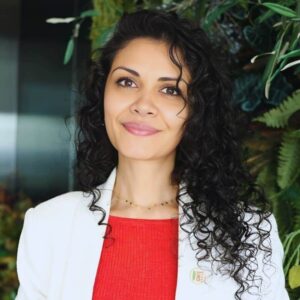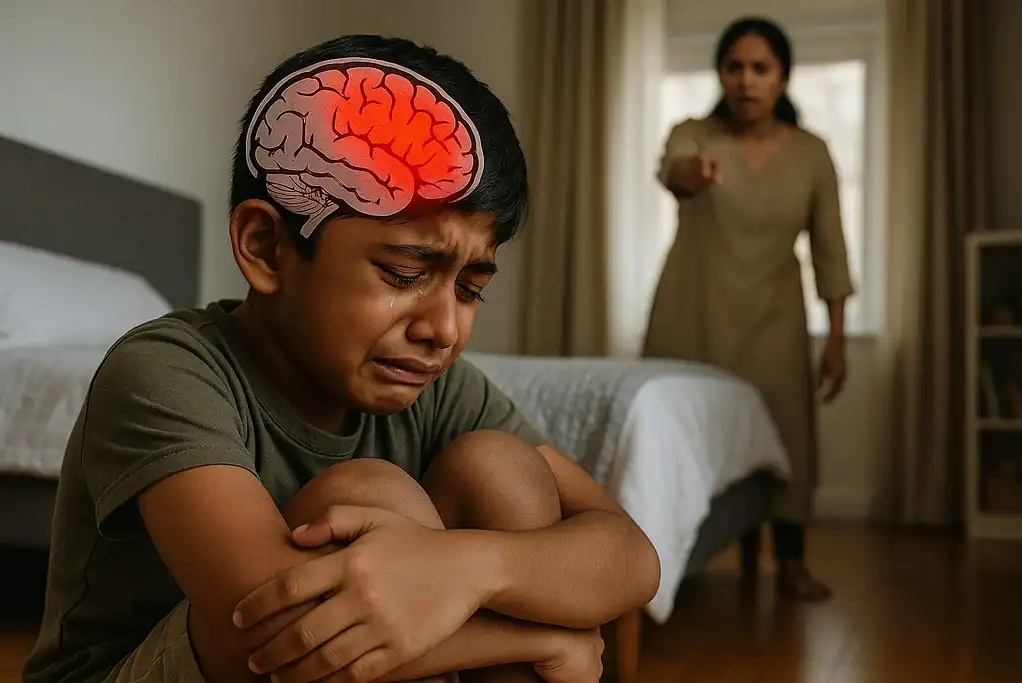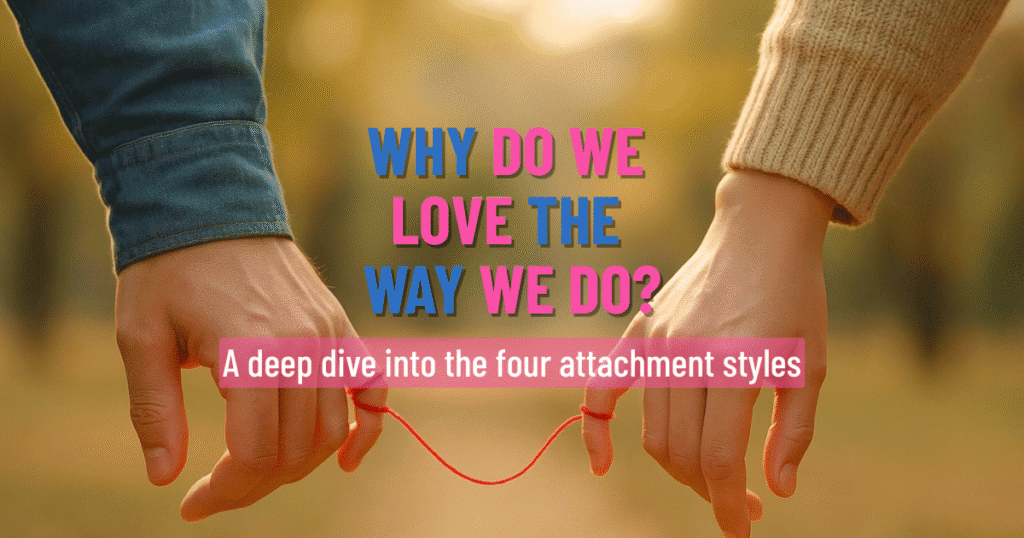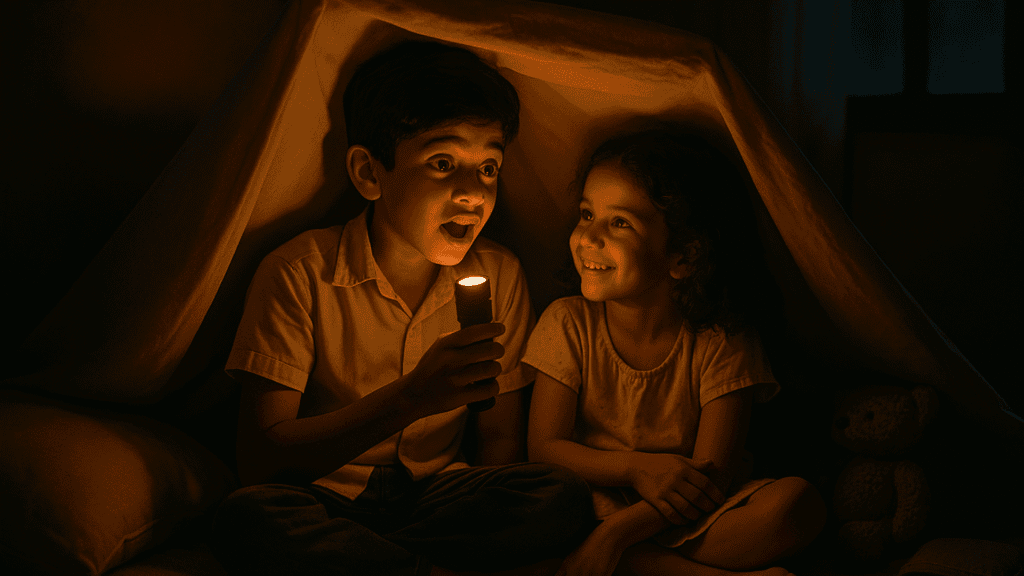Table of Contents
ToggleA Whole-Child Coaching Perspective Rooted in Developmental Science and ICF Core Coaching Competencies
In the coaching world, one of the most important distinctions is also one of the most overlooked; coaching children is not the same as coaching adults. It’s not just about using simpler language or playing games, it’s about understanding the child’s world through a developmental, emotional, and relational lens. Children and adolescents are not “incomplete” adults. They are whole, growing humans navigating some of the most sensitive and foundational years of life. They think differently. They feel differently. They process relationships, boundaries, and self-identity in ways that are still forming.
This means that effective, ethical, and empowering coaching for minors must be grounded in child development science, attachment theory, emotional safety, and relational attunement. At the core of Child, Adolescent, and Developmental Parenting (CADP) Coaching, we uphold the same ICF Core Competencies that define professional excellence across the coaching industry, the gold standard of coaching. However, we extend and adapt them through a whole-child lens. Through this lens, coaching becomes a deeply relational and transformational space not only for change but for healthy becoming.
Let’s delve into four essential areas that CADP Coaches must thoroughly explore when working with minors.
1. The Coaching Relationship
From Connection to Co-Regulation
In adult coaching, the relationship provides the foundation to explore goals, reflect, and grow. Clients typically arrive with the awareness that they are there for a purpose. But for children and adolescents, the relationship is the coaching. Many minors don’t fully understand the coaching process or may feel anxious, confused, or reluctant to participate especially when coaching has been initiated by a parent or teacher. Before any coaching tools can be introduced, the child needs to feel emotionally safe, seen, and accepted. This is where co-regulation comes into play.
Children regulate their emotions through the presence of a grounded, emotionally available adult. They feel safe not because they are told it’s safe, but because the adult’s presence communicates it through tone, pacing, posture, and energy. A CADP coach uses all these elements to create what developmental science calls felt safety, a state in which the child’s nervous system settles, allowing curiosity and trust to emerge naturally.
Example
A CADP coach greets an 8-year-old boy who arrives fidgeting, avoiding eye contact, and clutching his water bottle tightly. Instead of rushing into coaching questions, the coach gently lowers to his eye level and says, “I’ve got two types of LEGO in that basket. Would you like to check them out?” They sit on the floor together, quietly building. After 10 minutes, the boy begins talking, first about the LEGO, and then about how he feels lonely at school because he doesn’t have friends. This moment is not a warm-up before the real coaching. This is the coaching relational safety opening the door to emotional access.
2. Expression Before Explanation
How Children Communicate Internally and Externally
Adults can usually describe their emotions and experiences using words. They are practiced in articulating insight, even if it’s messy or unclear. Children and adolescents, however, often express themselves before they explain. Their cognitive and emotional systems are still developing, and their primary modes of expression may include drawing, movement, play, silence, metaphor, and behavior. These are not distractions, they are the primary languages of young clients.
In CADP coaching, we expand the ICF skill of active listening to include symbolic listening, noticing shifts in energy, body language, creative output, and tone. The child may not say “I feel invisible,” but they may draw themselves as a small stick figure in the corner of the page. These are not childish flourishes. They are deeply expressive forms of self-awareness that deserve the same respect we would give a powerful verbal insight from an adult.
Example
A 12-year-old girl, when asked how she feels about a recent fight with her best friend, shrugs and says, “I don’t know. It’s stupid.” The coach doesn’t push for an explanation. Instead, they offer a creative doorway: “If this feeling was an animal, what kind of animal would it be?” The girl pauses and replies, “A hedgehog. Spiky on the outside, hiding inside.” With this simple metaphor, she has described emotional defensiveness, vulnerability, and fear, without ever needing to say the words. This is reflective work in a developmentally appropriate form.
3. Developmental Timing
Coaching in Alignment with the Growing Brain
A key difference between adult and child coaching lies in the brain. The adult brain has a developed prefrontal cortex, which allows for abstract thinking, long-term planning, impulse control, and complex reasoning. Children and teens, however, are still developing these capacities. Expecting a 9-year-old to define their life purpose or a 15-year-old to commit to a 10-year plan is not only ineffective, it’s developmentally inappropriate.
Instead of forcing abstract questions, CADP coaches use developmentally aligned coaching prompts that meet the client where they are, while still inviting growth. These prompts focus on the child’s current emotional landscape, interpersonal experiences, and immediate goals. Rather than aiming for adult-style breakthroughs, we work within the child’s zone of proximal development, the space just beyond what they can do alone, with the support of a safe adult.
Example
A typical coach might ask, “What’s a goal you have for the next five years?” That question could be empowering for a 35-year-old. But for an 11-year-old, it may feel confusing or overwhelming. Instead, a CADP coach asks, “What’s something you’d like to get better at this month?” The child responds, “I want to be less scared to raise my hand in class.” That small, clear goal becomes a doorway into deeper work about confidence, belonging, and voice. It’s not about simplifying coaching, it’s about sophisticating it for the brain that is still under construction.
4. Ethical Foundations
Working Within a Child’s Ecosystem
Unlike adults, children and adolescents are not legally or emotionally autonomous. They often rely on caregivers to access coaching, understand the process, and manage the logistics. This means coaching a minor always includes the broader ecosystem, parents, educators, and guardians while maintaining the child as the central client. Balancing confidentiality, transparency, and support is essential and it requires clear communication and strong ethical boundaries.
CADP coaches establish comprehensive coaching agreements with the caregiver/s (sponsor) that are thoughtfully designed to meet the needs of both the guardian and the minor. We define confidentiality clearly, reinforce emotional safety, and involve the caregiver without breaching the child’s trust. When concerns about well-being arise, we activate referral pathways in collaboration with the caregiver, ensuring the child’s best interests are always protected.
Example
A CADP coach begins a discovery session with a 15-year-old client and her mother. Together, they agree on a basic structure; the coaching sessions are private, but general updates (like themes or strategies) may be shared with the parent, with the teen’s awareness and consent. Later, the teen reveals anxiety around perfectionism and burnout. The coach helps her reflect and develop coping tools. At the end of the cycle, the coach holds a final session where the teen collaborates with the coach to decide which insights to share with her parents and discusses the significance of sharing them. The coach supports her in presenting it. The result? A trusting relationship is built, not only with the coach but within the family system. The child is empowered, the parent is informed, and boundaries are respected. This is ethical coaching in action involving minors.
Why Does This Matter? Coaching Is Not Just Support, It’s Shaping Development
Children and adolescents are navigating critical years of development. They are forming beliefs about who they are, and whether they are lovable, capable, and safe in the world. Coaching during this time is more than support, it is intervention at a foundational level of identity formation and emotional wiring. It’s a chance to give a child the experience of being seen without judgment, guided without pressure, and understood without needing to perform.
CADP coaches don’t just use professional tools, we hold developmental insight, emotional intelligence, and relational ethics as core competencies. We offer minors a relational space where their feelings are honored, their pace is respected, and their emerging identity is nurtured. We plant seeds of confidence, trust, resilience, and autonomy not through advice, but through presence. And in doing so, we honor the full spirit of what coaching can be.
ICF Core Competencies are our compass. CADP coaching is the terrain. Together, they allow us to walk beside the next generation, not to lead them, not to fix them, but to mirror back their brilliance as it begins to unfold.
Final Notes
As CADP coaches, we are called to do more than simply adapt adult coaching methods for younger clients. We are invited into the sacred role of witnessing a child’s unfolding, not with urgency or expectation, but with reverence, patience, and care. Every session is an opportunity to model presence, to co-create safety, and to offer a mirror that reflects a child’s inner worth back to them clearly, gently, and truthfully.
When we coach minors, we are not just influencing a moment; we are shaping an internal world. We are helping children and adolescents build the emotional scaffolding they will climb for years to come. May we never underestimate the depth of this work. May we never forget that in the quiet moments of play, the metaphors shared, the silences honored, and the stories told, we are helping shape lives.
Let this blog be more than an informative read, let it be a reminder of why you chose this path, and how deeply it matters. The next generation is waiting to be met exactly where they are with wisdom, wonder, and wholehearted respect.
With grace and gratitude,
Lux Hettiyadura
Directress, Child/Adolescent Development & Parenting Coach Education – Ignite Global













It’s a wonderfully written piece which made me think and reflect back on each and every interaction I have with my child.
As parents ,we need to understand how much we need to be just present and aware that how we interact with our children is shaping their trust , confidence , emotional well being, resilience and everything more and beyond. Having being blessed with a wonderful son and a daughter , puts a big responsibility on me to nurture and nourish them and not just parent. Thank you for sharing this piece with me
Thank you so much for your heartfelt message. It truly touched me to read how the article invited you to reflect on your interactions with your children. That kind of presence and self-awareness is the heart of purposeful parenting. Your awareness of the responsibility and privilege that comes with raising your son and daughter already speaks volumes about the care you bring into your parenting and the entire family system.
Thank you for taking the time to share your reflections with me. It’s these kinds of insights and connections that make this work so meaningful. <3
I loved reading the way examples, and as an emotional intelligence coach for children and parents, the reminder to respect the pace of child development by adapting to their ways of communicating through play, metaphors and sometimes silence were super helpful. Thanks Lux for being a leader in insight!
Thank you so much for your kind words and for sharing your reflections; it means a lot, especially coming from someone who also walks alongside children and parents with such intentionality. I’m so glad the reminders around pacing, play, metaphors, and silence resonated with you.
Thank you for the profound work you do with children and their families as well, Susanna. Sending you my best energy! <3